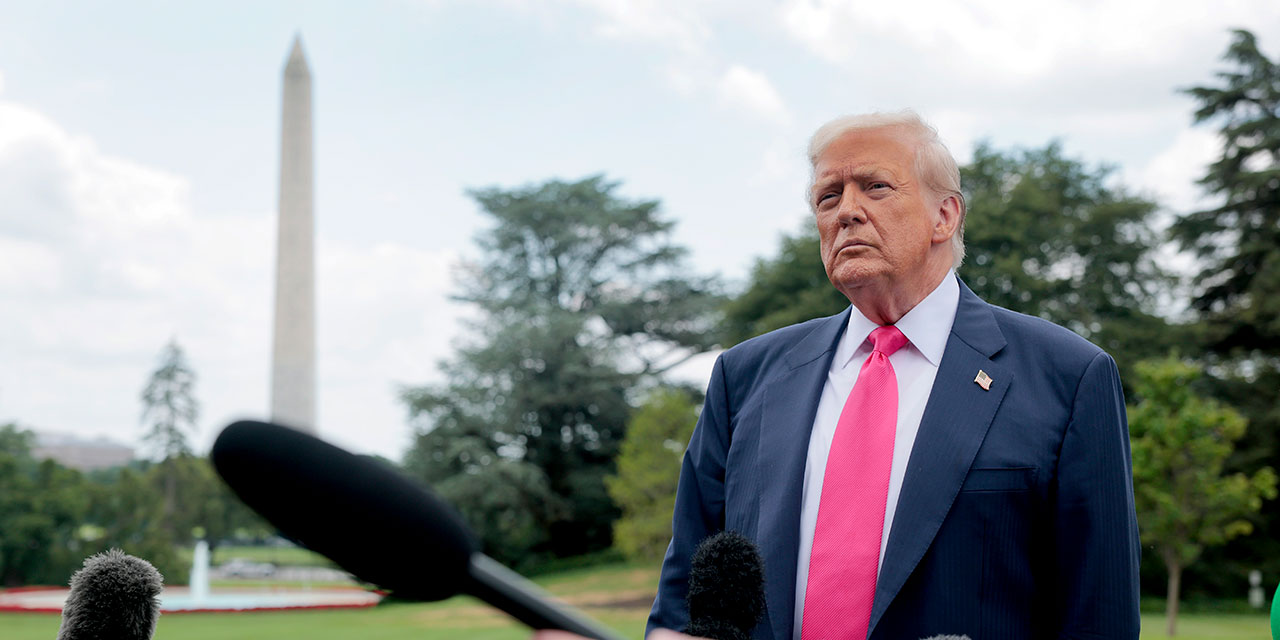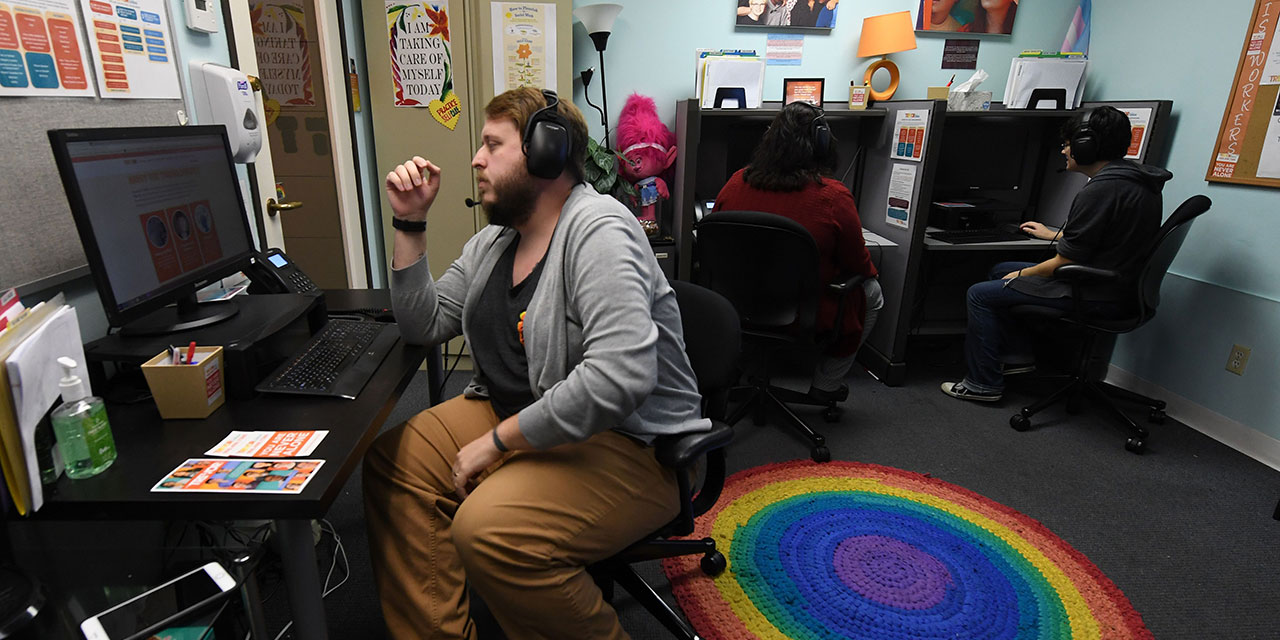As he stood before television cameras in late May to announce Britain’s snap parliamentary election on July 4, Prime Minister Rishi Sunak found himself soaked by sudden rain. The raindrops have continued to pelt Conservatives in the weeks since then. Labour’s 20-point polling lead persists, and many political observers remain skeptical about the Tories’ chances.
The 2019 U.K. parliamentary elections offered one lesson to the American Right: how a conservative party can harness populist energies to win big. That year, Boris Johnson committed to getting Brexit done and ending Britain’s three years of paralysis following the referendum in June 2016. Tying Tories to the Brexit mast gratified both populists and those “normie” voters wanting to turn the page on Westminster chaos. Johnson also avoided the temptations of austerity politics, which almost proved fatal to the Tories in 2017. As a result, the Conservative Party won its biggest parliamentary majority since the 1980s.
Finally, a reason to check your email.
Sign up for our free newsletter today.
The 2024 U.K. parliamentary elections might carry a different lesson for U.S. conservatives: how costly a failed realignment can be. The Tories have struggled to make sense of a shifting coalition, an effort made even more challenging by time and circumstance. Britain has had a Conservative prime minister since 2010, when David Cameron formed a coalition government with the Liberal Democrats—that’s 14 years in power. In the post-World War II era, no party has held the premiership for longer, with one exception. Under Margaret Thatcher and John Major, Conservatives controlled the House of Commons for 18 years (from 1979 to 1997), winning four elections in a row. The upcoming parliamentary elections will be the fifth since Conservatives won control in 2010. The democratic instinct for political turnover means that the Tories would be defying political gravity to win yet another majority. Adding to that structural challenge for Conservatives is the post-pandemic period, a dangerous time for political incumbents globally, amid inflation, supply-chain crunches, and other Covid-related dislocations.
Economic trends compound these political obstacles. According to British government data, the U.K. has seen anemic economic growth compared with many of its peers since 2019. While real GDP has grown in the U.S. by 8.7 percent and in the Eurozone as a whole by 3.4 percent, the U.K. has recorded only 1.7 percent growth. These figures suggest a stagnation across the British economy. As a working paper from the Institute for Fiscal Studies (IFS) makes clear, Britain has never fully recovered from the 2008 financial crisis. Since then, real GDP per capita has grown by only 6 percent. In the opening years of the twenty-first century, the U.S. and U.K. were relatively close in GDP per capita, but British workers now lag far behind their American counterparts.
The IFS working paper also documents considerable fiscal turmoil under the Conservatives. While they tamed government spending and slashed the deficit between 2010 and 2019, the deficit (along with the national debt) has exploded since then. Some of this can be attributed to the pandemic and to Vladimir Putin’s invasion of Ukraine. Nevertheless, higher taxes, bigger deficits, raging inflation, and interest-rate hikes are a recipe for an unhappy electorate.
Some of these trends also shed light on a bigger challenge facing the Tories. Almost a decade after Brexit, they are still trying to articulate what a post-Brexit U.K. and Conservative Party should look like. Brexit helped deliver many working-class voters to the Conservative coalition, while costing the party some college-educated support. Yet, the Conservatives have not quite known what to do with this new coalition. They have largely failed to deliver on their promises to populist voters. In multiple recent elections, Conservatives have run for office pledging to cut migration—only for migration to grow dramatically in recent years. The number of migrants in small boats trying to cross the English Channel has also swelled since 2018.
“Green” policy has often been a major point of friction between working-class voters and economic elites. In the U.S., for instance, populists often tilt against climate policies that risk driving up energy costs. But under Prime Minister Theresa May, Conservatives committed the United Kingdom to a goal of “net zero” carbon emissions by 2050. In 2020, Johnson announced a 2030 ban on the sale of new non-hybrid gasoline or diesel cars. The various Conservative governments have also shifted leftward on several cultural issues, as journalist Ed West observed earlier this year.
All this has made the Tories uniquely vulnerable to a challenge from the populist Right, and a newish political party, Reform UK, now threatens to turn a Conservative defeat into a wipeout. Led by Brexit impresario Nigel Farage, Reform pledges to slash taxes and migration, eliminate “net zero” policies, and boost economic growth. It also promises constitutional reforms that would make British politics more European by replacing first-past-the-post voting with proportional representation in parliamentary elections. Traditionally, first-past-the-post elections have helped British politics consolidate around a few major parties. Proportional representation would likely foster a proliferation of the smaller, targeted political parties seen in many European parliaments.
Labour’s leader, Keir Starmer, is likely to be the principal beneficiary of the Conservatives’ identity crisis. First elected to Parliament in 2015, he became the head of Labour in 2020 and set about undermining the old Left elements associated with former party chief Jeremy Corbyn. Starmer is seen as broadly sympathetic to the center-left politics of Tony Blair. He has pledged to support the further devolution of power from Westminster, as well as efforts to hire more teachers and cut wait times at the National Health Service. But his seeming moderation on policy may yet be wedded to a deeper procedural radicalism. During his premiership, Blair fundamentally changed the British constitutional arrangement, including by transforming the House of Lords and creating a Supreme Court. Shortly after he became Labour’s leader, Starmer deputized Gordon Brown (Blair’s chancellor of the Exchequer and later his successor as prime minister) to draw up a 150-page document to reorganize British government at every level. If it wins a large majority in July, a Labour government may feel that it has running room for these kinds of reforms.
So far, Starmer has stood back and let the Tories dominate the headlines. Sunak’s “national service” proposal early in the campaign seemed a significant misdiagnosis of the political challenges facing Conservatives. Feeling left behind, many young Britons are more eager for government to address housing costs and economic growth. The Tories have trained their fire on Starmer’s pledge to impose a 20 percent tax on private school tuition. But less than 10 percent of British children attend private schools, so the audience for that message is likely limited. Both Starmer and Sunak have pledged to cut migration; Conservatives have struggled to draw clear contrasts with Labour on that issue.
Sunak’s campaign gaffes have further muddied the policy message. When I stopped by a London convenience store last week, the proprietor (almost certainly an immigrant) was busy denouncing the prime minister for leaving a D-Day commemoration early to sit for a campaign interview. “I have never seen a Conservative government act like this,” he said. Of course, he could “never” vote for Labour, he added. “Maybe Reform.”
It seems that the Conservatives’ best hope would be to get Reform-sympathetic voters back on their side. If the party could credibly address some populist concerns, it might help stanch the political bleeding. Since Farage announced that he would be running for Parliament on a Reform ticket, Conservatives have fallen back in polling, while Reform has surged. (One recent poll even put Reform a single point ahead of the Conservatives.) As of this writing, Conservatives stand at 21 percent in polling averages, Reform at 15 percent. Combining their support would put them 8 percentage points behind Labour (at 44 percent)—still a loss, but far from the crushing defeat that looms if the vote remains splintered between the two parties.
Some projections estimate that, if Labour’s 20-point lead holds, the Tories could end up with fewer than 100 seats in the 650-seat Parliament—an epochal wipeout. Not only would the Conservative Party be reduced to near-rump status, but many of its leadership class would also likely be tossed out of office. There’s a chance that some gaffe or Labour policy commitment will change the political calculus between now and July 4, but time is pressing.
In the short term, an electoral split between the Conservatives and Reform could magnifying Labour’s majority. Beyond that, Reform’s rise points to a deeper issue for center-right parties on both sides of the Atlantic. The 2019 Conservative victory indicated the political opportunity for a center-right party that can incorporate populist energies. But a failure to live up to those commitments—to reimagine a political coalition—can cost a party greatly. There might be a warning here for Republicans as they eye the 2024 election.
Anxieties about economic vitality, democratic accountability, and civic integration have helped power recent populist movements. It’s a matter of political responsibility to address those anxieties. Failure to do so could set the stage for further political disruption.
Photo by HENRY NICHOLLS/AFP via Getty Images




